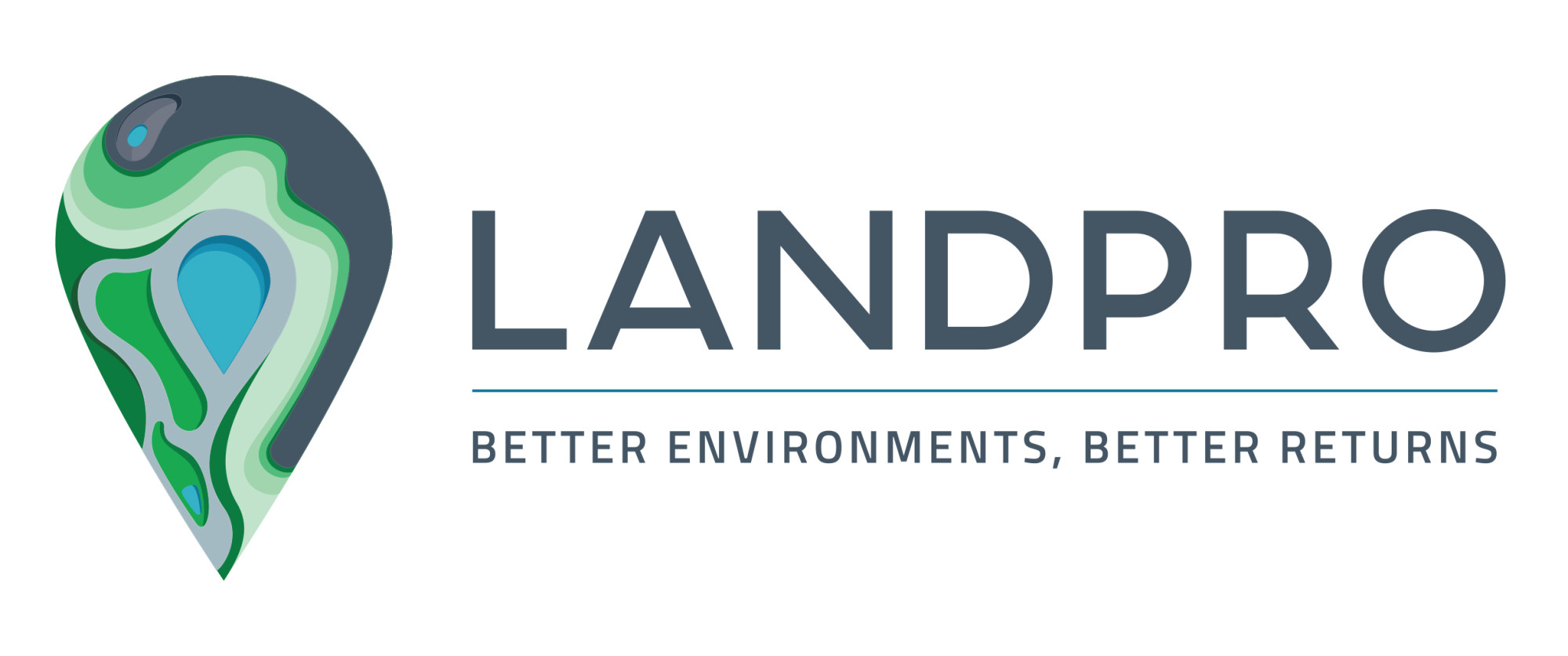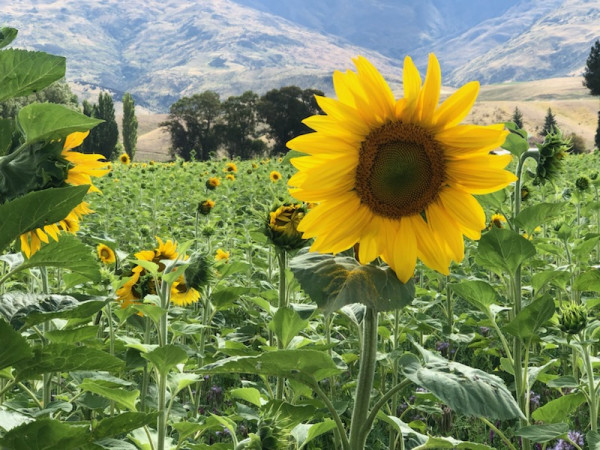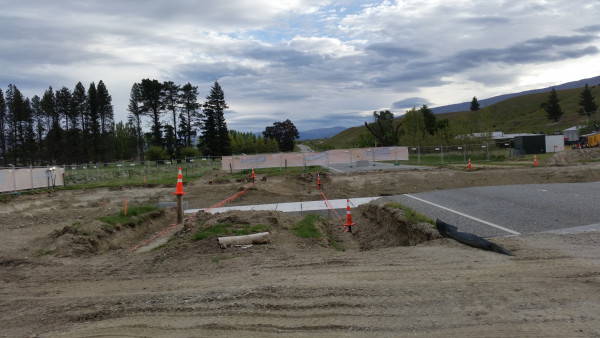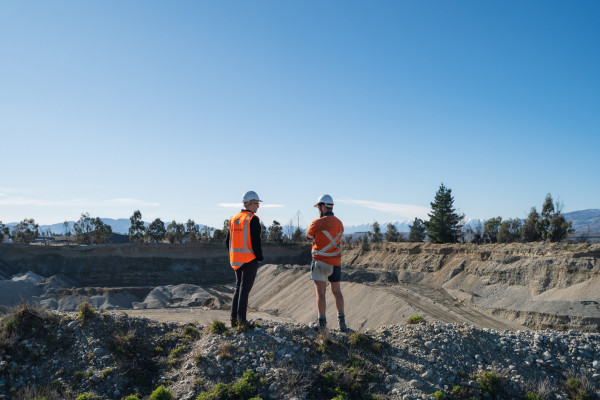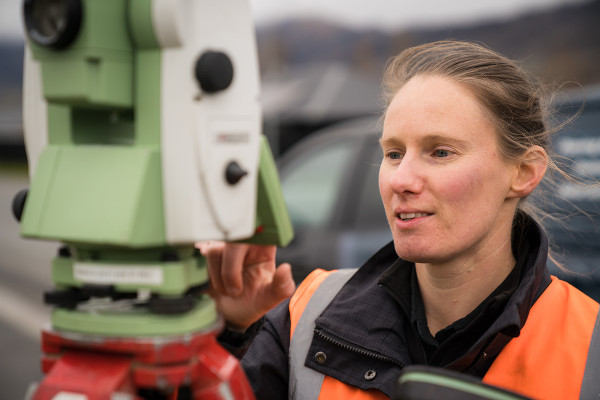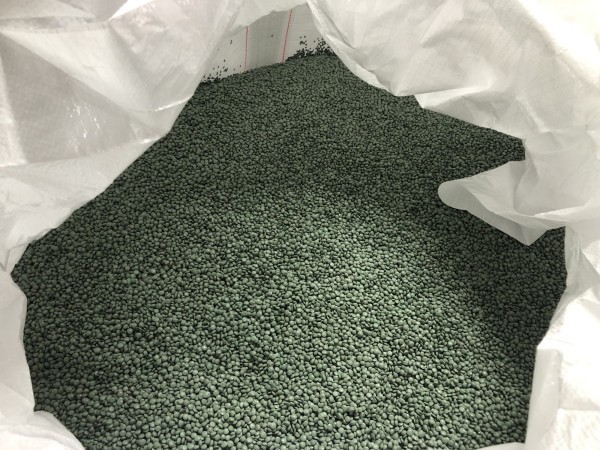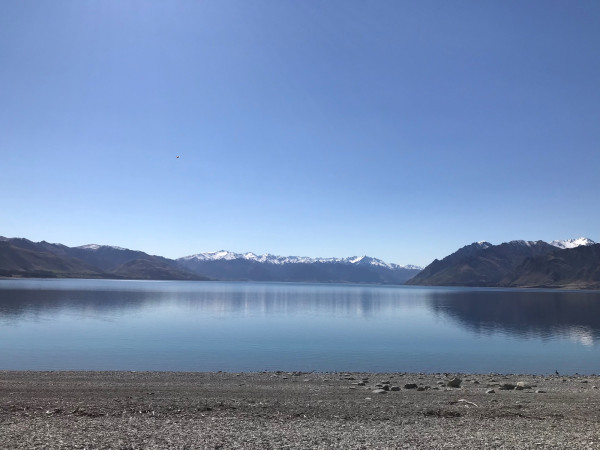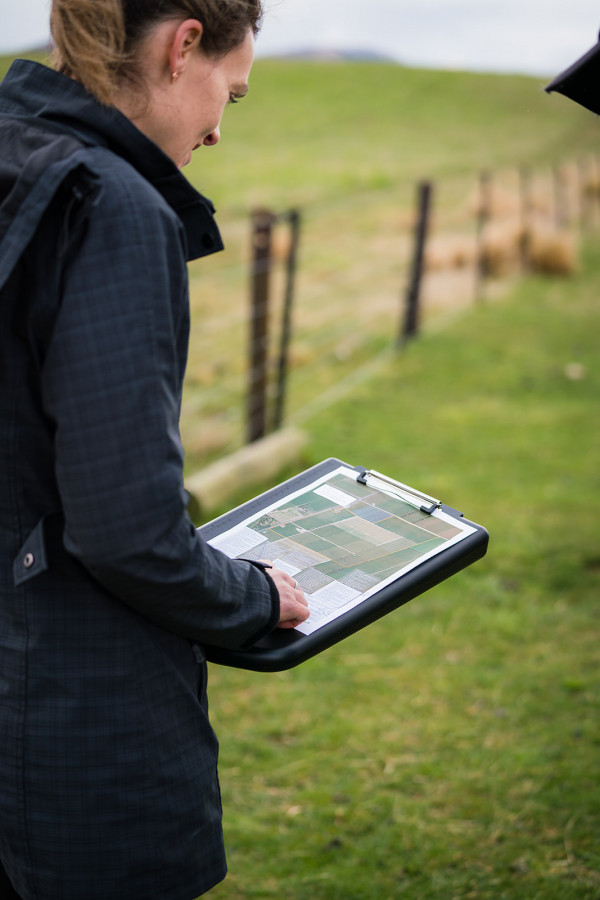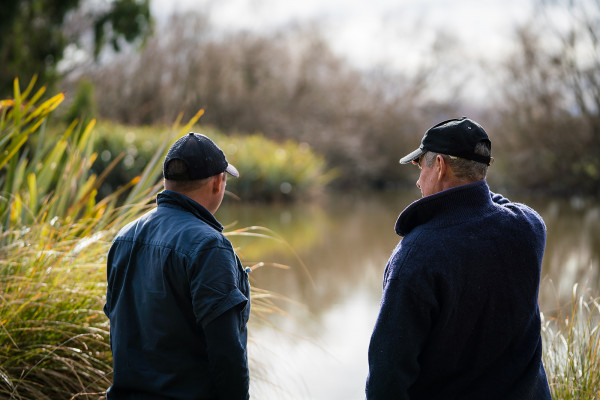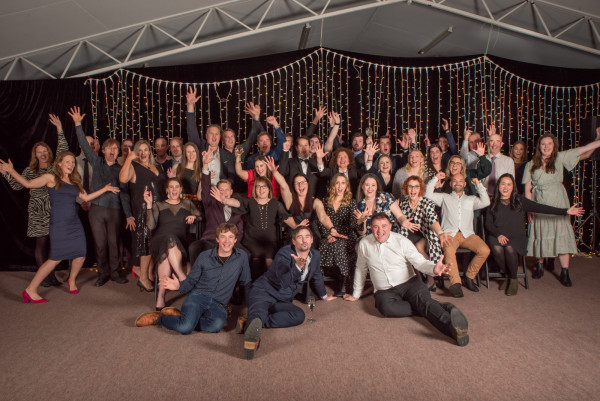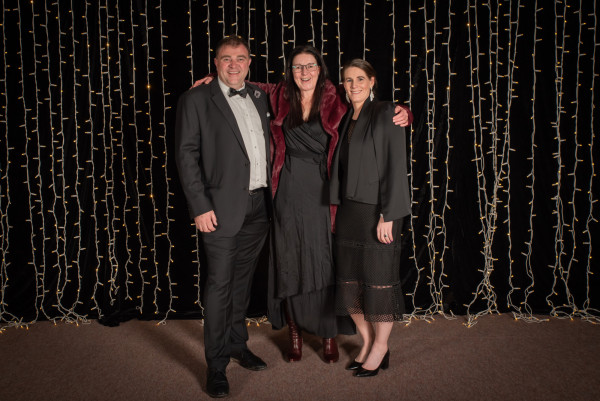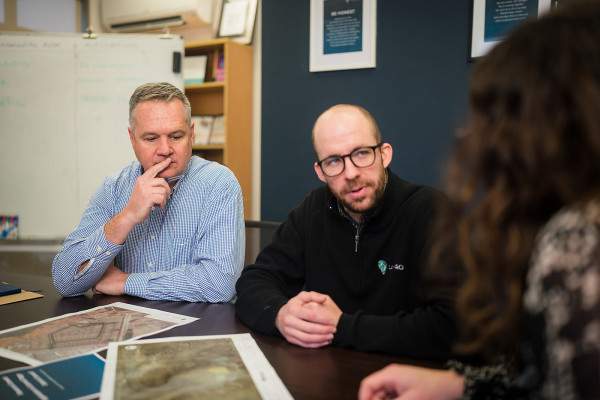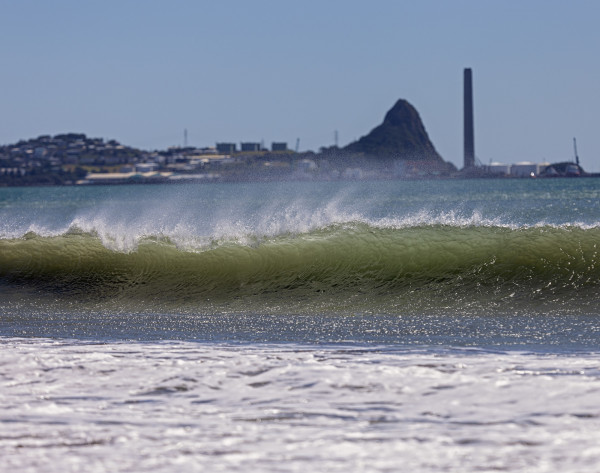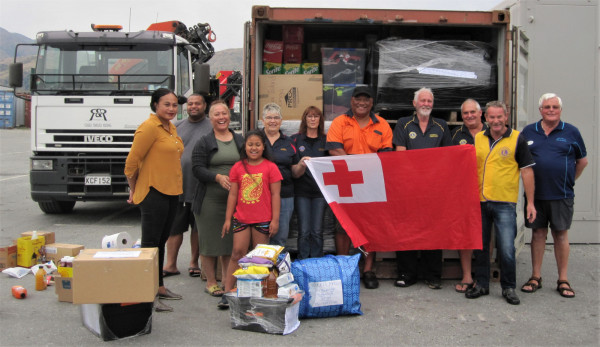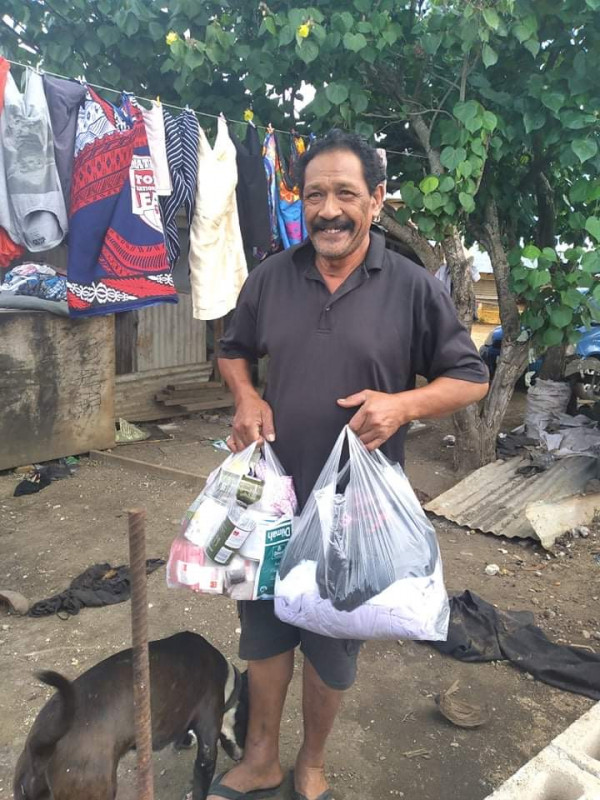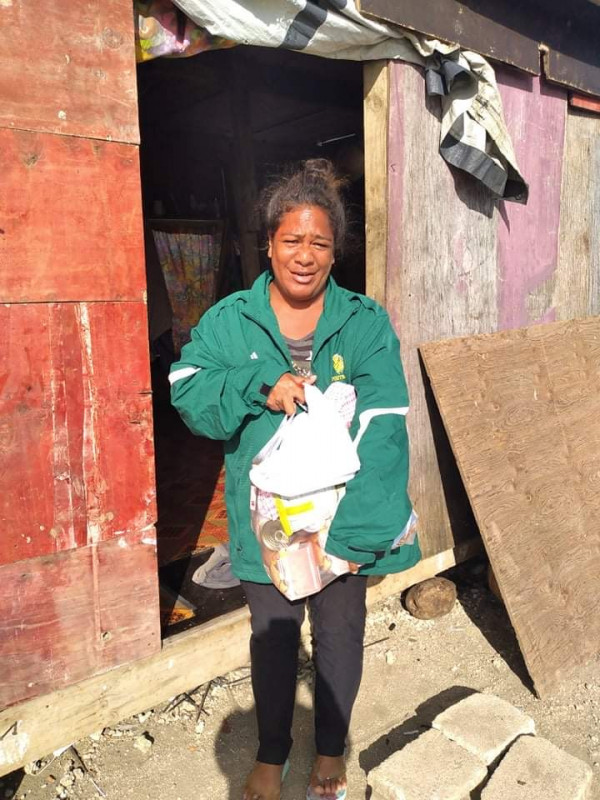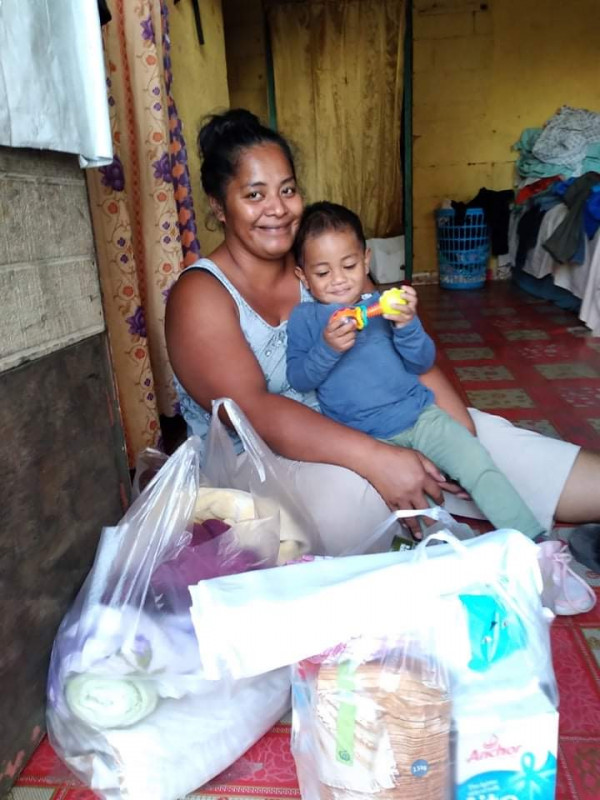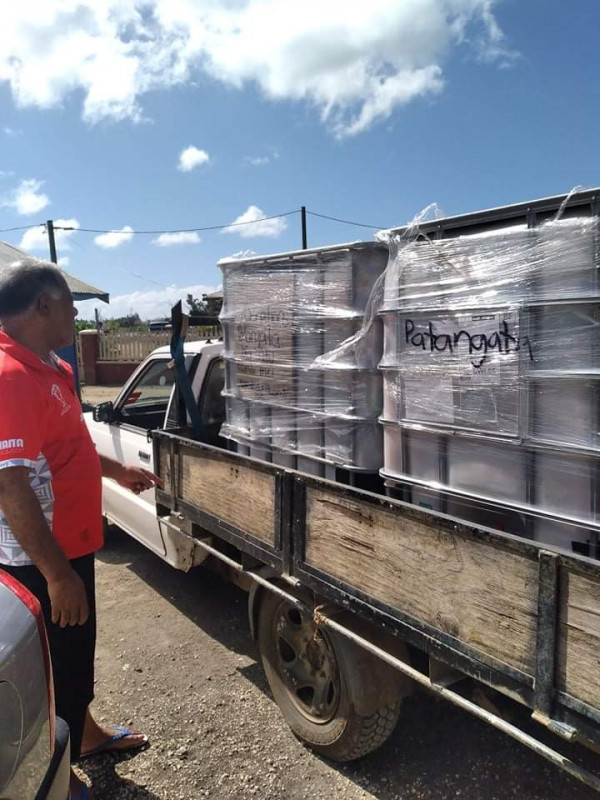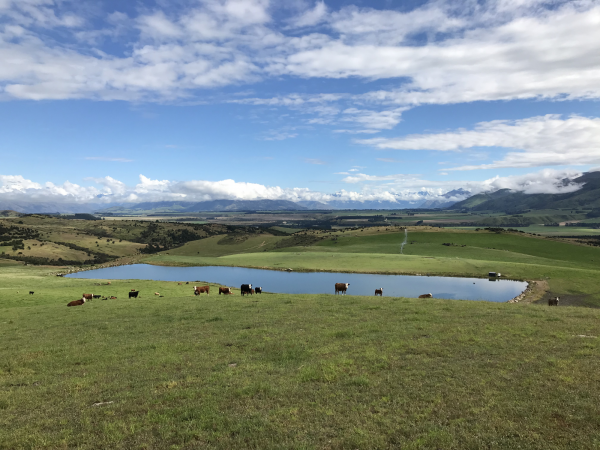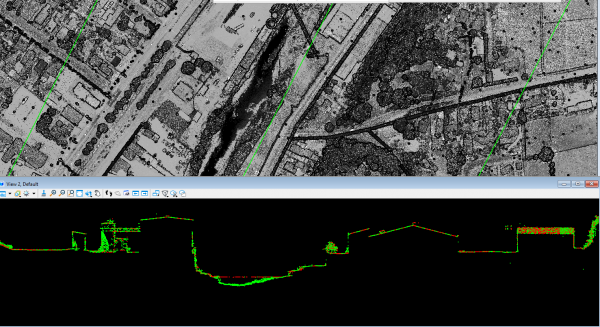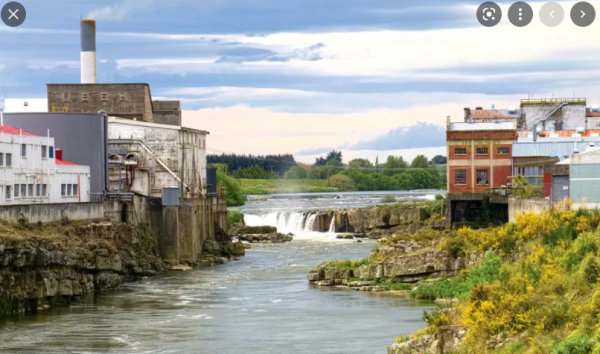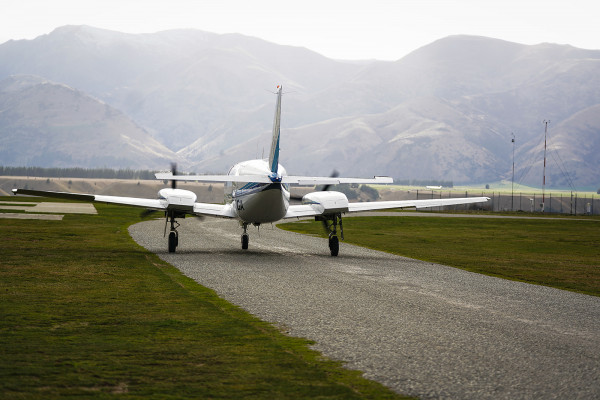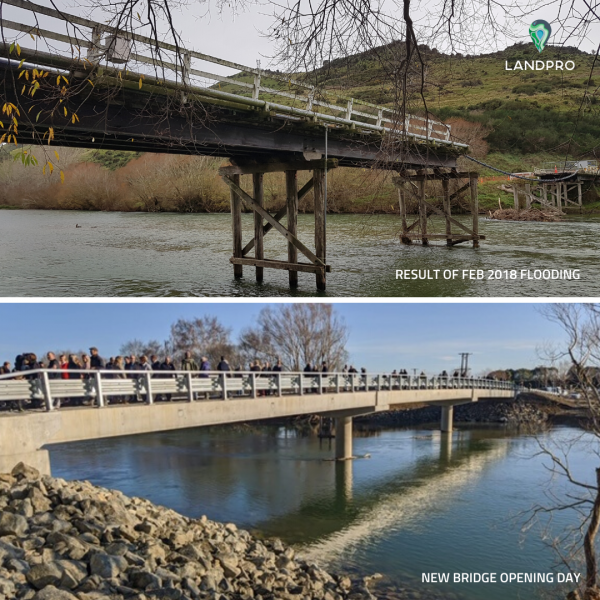Down here in our corner of the South Island, our team is fortunate to work alongside some truly innovative operations that are paving the way for a more sustainable future. One such trailblazing enterprise is Forest Lodge Orchard - the world's first 100% electric, zero fossil fuel commercial food production orchard based in the heart of Central Otago.
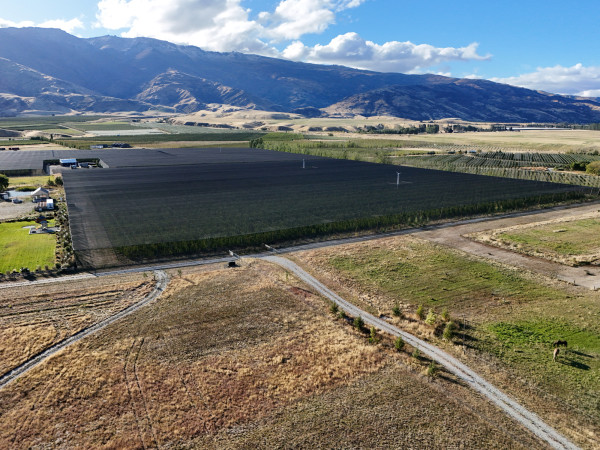
Our work with the innovative owners of Forest Lodge, Mike and Rebecca Casey, began with surveying and planning for the establishment of new high-density cherry tree plantings across their 6-hectare property. Our team mapped out the optimal layout and design to ensure precise tree placement and spacing were achieved.
Alongside the orchard planning, we provided planning and consent services to subdivide the residential dwelling on the property. This involved close collaboration with Mike and the local council to navigate regulatory requirements. We successfully created a new lot for the dwelling while ensuring the main orchard operation could function uninhibited. Our Senior Planner, Brodie Costello, managed to secure a "surplus to requirements" subdivision consent, which is quite the feat in Central Otago, given the restrictive scope the council assesses these types of consents under. But Brodie's hard work paid off, and it went a long way in streamlining the entire process.
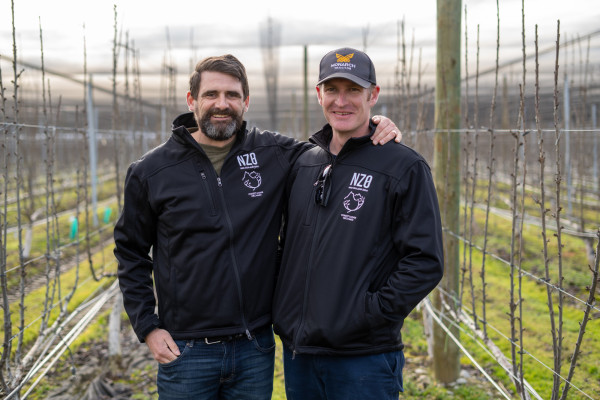
A key factor in Forest Lodge's world-first electric operations was the replacement of 20 fossil-fuel powered machines with electric alternatives. This move included the use of New Zealand's first electric tractor, enabling the orchard to operate completely emissions-free. As a result, the farm's daily energy costs dropped from $94 to just $32 through these steps, achieving comprehensive electrification.
Working alongside businesses committed to sustainable solutions that preserve resources for future generations is something our team is passionate about. We're always striving to align our work with that mission.
For the past 8 months, we have rigorously quantified our carbon footprint, undergoing a comprehensive certification process. We are excited to announce that our commitment to environmental stewardship has been recognised, as we have earned Toitū's Carbonreduce Certification.
This internationally recognised stamp of approval validates the ongoing efforts we're making to positively impact the environment. It involves measuring and reducing our carbon footprint across all operations - vehicles, travel, energy use, waste, and more.
As our CEO, Jason Harvey-Wills, put it, "we knew this was a critical step to further reduce our carbon impact year after year."
Jason added that while we were already making efforts, quantifying our work gives us a solid foundation to set specific, measurable environmental goals moving forward. Being awarded Toitū's Carbonreduce Certification demonstrates our commitment to achieving Better Environments, Better Returns.
Sustainable agricultural enterprises like Forest Lodge inspire us to keep pushing boundaries. We look forward to taking on more projects that push positive change and challenge the norm, enabling farming leaders to implement new practices that protect our unique landscapes in Aotearoa.
Discover more about the world's first fully electric orchard at Forest Lodge's website, here.
